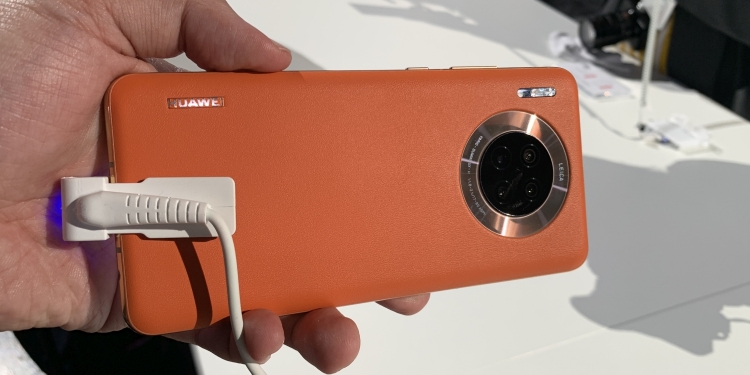With 5G deployments increasing this year, the adoption of 5G will rely on the number of devices available. To make 5G more accessible, Huawei is aiming to release a USD 150 (around RM611) as early as end-2020 or early-2021.
As expected, the first wave of 5G devices is often flagship models like the Huawei Mate X, Huawei Mate 20 X 5G and Huawei Mate 30 Pro 5G. Now we are seeing more affordable options being released which is made possible with more affordable chipsets like the MediaTek Dimensity 1000 and Qualcomm Snapdragon 765. Some of the more affordable 5G devices that have been announced lately include the Xiaomi Redmi K30 and the Realme X50, which are priced from 1,999 CNY (about RM1,182).
We can expect chip makers to introduce even more cost-effective 5G solutions that will enable high-speed connectivity to entry-level devices. It has been speculated that Huawei is working on its upcoming Kirin 820 chip that could come with an integrated 5G modem.
Samsung has recently claimed its 5G smartphone leadership with over 6.7 million 5G devices sold in 2019. This includes the Galaxy S10 5G, Galaxy Note 10 5G, Galaxy Note 10+ 5G, Galaxy A90 5G and the Galaxy Fold 5G. Just recently, Huawei has revealed that they have sold 6.9 million 5G smartphones throughout last year. Despite restrictions from the US government, they have reported over 240 million smartphone shipments, which is 40 million units more than 2018.
For Malaysia, commercial 5G rollout is expected sometime in Q3 2020. MCMC has identified 700MHz, 3.5GHz, 26GHz and 28GHz as the pioneer 5G spectrum bands and so far two smartphones have been certified for 5G use in Malaysia.








